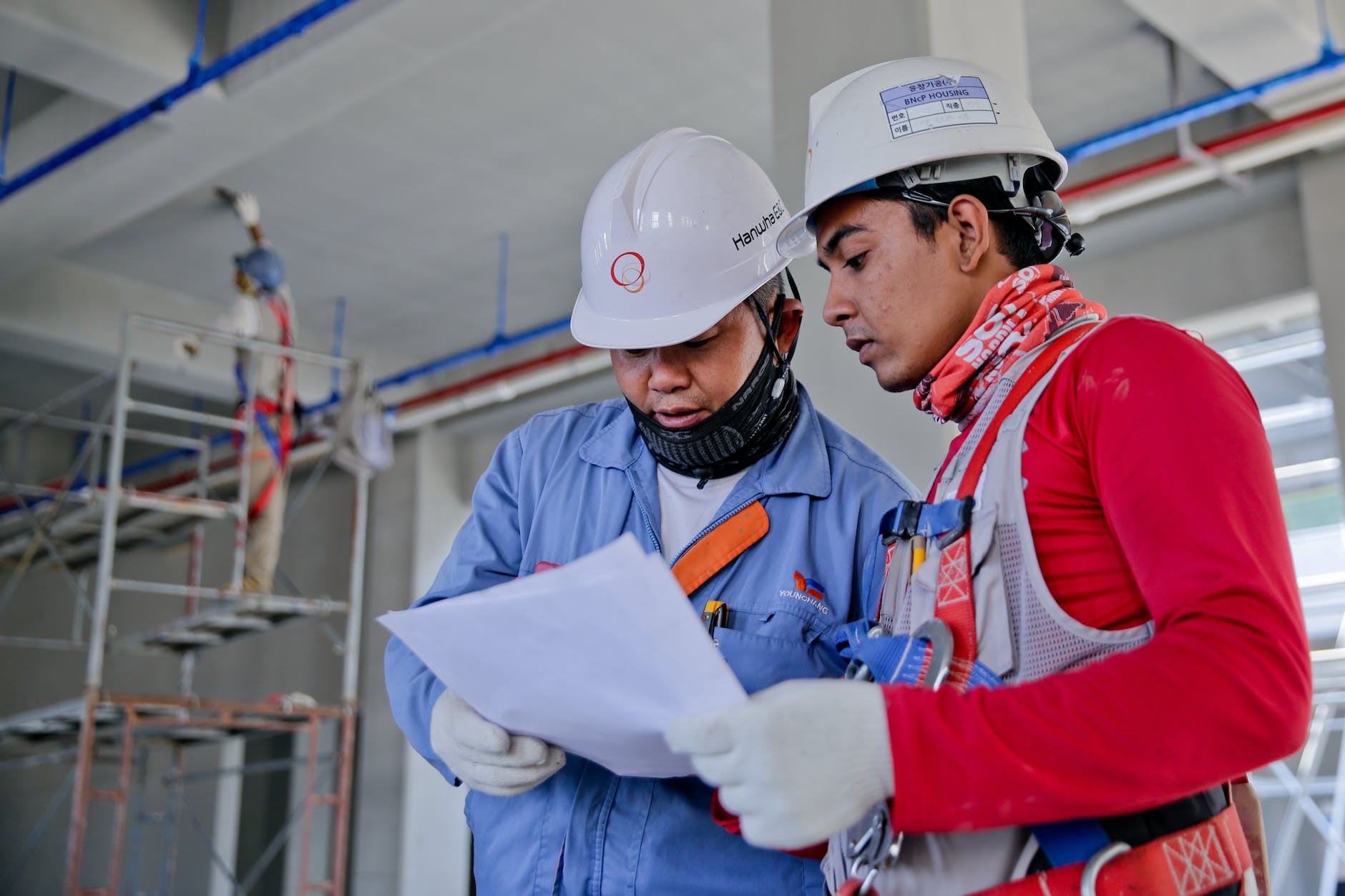
Types of Work Permit System at Site
Introduction
Types of Work Permit System at Site : In the dynamic world of construction and industrial sites, ensuring the safety of workers and the efficient execution of activities is of paramount importance. This article delves into the various types of work permit systems that are essential for maintaining a secure and organized work environment at these sites. We will explore the significance, procedures, and categories of work permits, ensuring you gain a comprehensive understanding of their critical role.
Understanding Work Permits
What Are Work Permits?
Work permits, in the context of construction and industrial sites, are documents that authorize specific work activities to take place, ensuring that safety measures are in place and adhered to. These permits help in the regulation and management of diverse tasks, from routine maintenance to high-risk operations.
Why Are Work Permits Necessary?
Work permits serve as a protective shield for both workers and organizations. They ensure that every task is performed safely and effectively. Neglecting the use of work permits can lead to accidents, injuries, and even fatalities, which can have severe consequences for everyone involved.
Types of Work Permit Systems
1. Hot Work Permits
Hot work permits are required for activities that involve open flames, welding, cutting, or any operation that generates heat or sparks. These permits specify the safety precautions and fire prevention measures to be taken during such work.
2. Confined Space Permits
When workers need to enter confined spaces like tanks, vessels, or underground chambers, confined space permits are essential. These permits outline the safety measures to prevent hazards such as suffocation, toxic gases, or entrapment.
3. Electrical Work Permits
For tasks involving electrical systems, an electrical work permit is necessary. This document ensures that workers are protected from electric shocks, short circuits, and other electrical hazards.
4. Excavation Permits
Excavation permits are vital when digging or trenching is involved. They cover precautions against cave-ins, falling objects, and other hazards associated with earthworks.
5. Mechanical Work Permits
When maintenance or repair of heavy machinery is required, mechanical work permits specify safety procedures. These permits safeguard workers from equipment-related risks.
6. Confined Space Permits
To work safely in spaces with limited access and potential atmospheric hazards, confined space permits are essential. They detail ventilation, communication, and rescue protocols.
7. High-Risk Permits
Certain activities, such as working at heights or in extreme conditions, require high-risk permits. These permits demand stringent safety measures to prevent accidents.
The Work Permit Process
The process of obtaining and using work permits typically involves several key steps:
1. Identification of the Work
Before issuing a work permit, it is crucial to identify the scope of the work, its risks, and the necessary safety measures.
2. Permit Application
Workers or their supervisors must apply for the relevant work permit. The application includes details about the work, the equipment involved, and the precautions to be taken.
3. Evaluation and Approval
The permit issuer, often a safety officer or supervisor, reviews the application, assesses the risks, and approves the permit if the safety requirements are met.
4. Safety Briefing
Before commencing work, all involved personnel receive a safety briefing to understand the hazards and precautionary measures.
5. Execution
The work is carried out as per the permit’s specifications, adhering to the safety guidelines provided.
6. Monitoring
Throughout the work, ongoing monitoring ensures that the safety protocols are followed diligently.
7. Closure and Documentation
After work completion, the permit is closed, and a record is maintained for future reference and audits.
Conclusion
Work permits are indispensable in creating a safe and organized work environment at construction and industrial sites. They play a crucial role in protecting workers and ensuring the smooth execution of activities. By adhering to the different types of work permit systems and their procedures, we can significantly reduce accidents and injuries, making these sites safer places for all.
IS 17893 Work Permit System – Code of Practice 2023
All About Safety Policy at Workplace
FAQs
1. What happens if work is done without a permit?
Working without a permit can lead to safety violations, accidents, and legal consequences, both for the workers and the organizations involved.
2. Who is responsible for issuing work permits?
Work permits are typically issued by designated safety officers or supervisors responsible for site safety.
3. Are work permits a one-size-fits-all solution?
No, work permits are tailored to the specific type of work and its associated risks, making them specific to each task.
4. How often should work permits be renewed?
The frequency of permit renewal varies depending on the nature of the work and local regulations. Some permits may need daily renewal, while others are valid for an extended period.
5. What should you do if the work conditions change during the permitted activity?
If work conditions change significantly, the work permit should be reevaluated and, if necessary, revised to ensure the safety of the workers.
In conclusion, work permits are the cornerstone of safety at construction and industrial sites, ensuring that tasks are executed with precision and minimal risk. By following the outlined procedures and utilizing the appropriate work permit for each task, we can create a work environment that not only meets safety standards but also promotes efficiency and productivity. Remember, safety should always be the top priority on any work site

























good and user friendly model